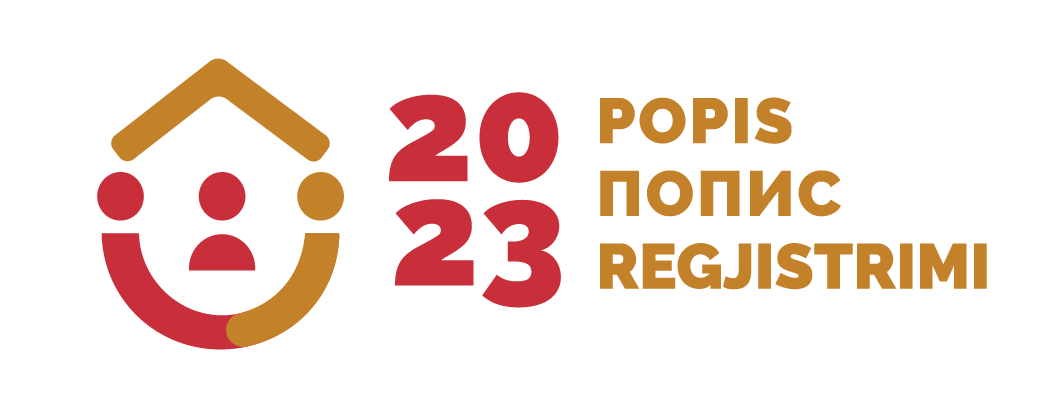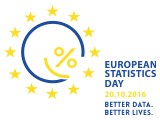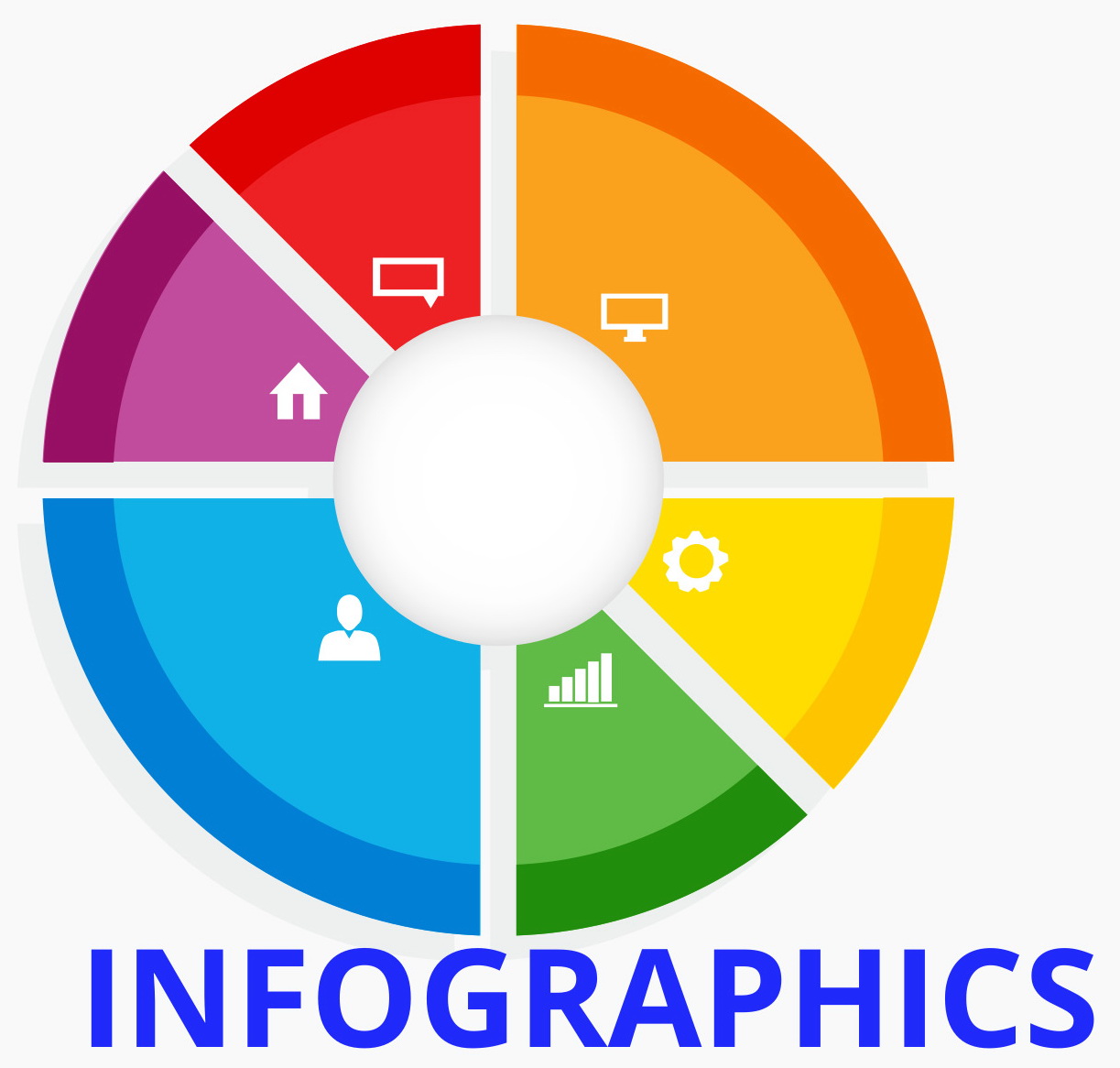|
|
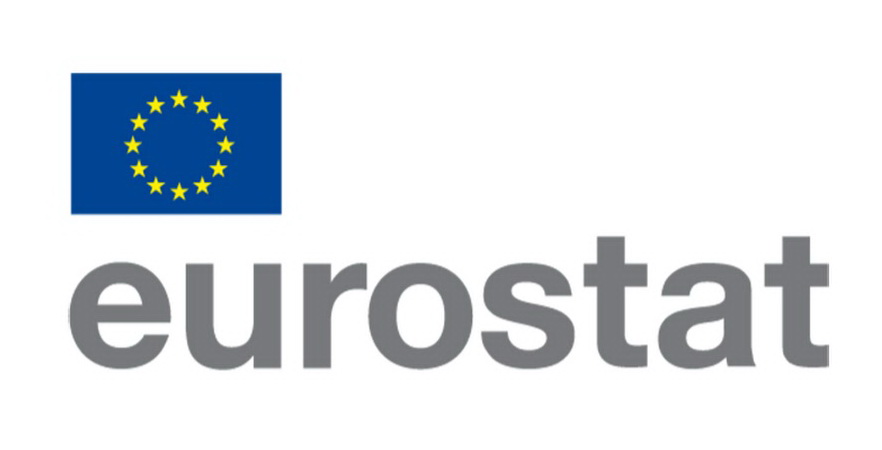 |
Statistical office of Montenegro closely cooperates with Eurostat, the statistical office of the European Union. Besides delivering our national statistical data to Eurostat we also help our users to access European statistics and provide user support in the Montenegrian language. Here is a short description of services Eurostat provides:
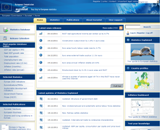 |
Eurostat Website The Eurostat website provides free of charge online access to all its statistical databases and associated electronic publications. Eurostat databases cover the European Union, the EU Member States, the euro-zone, candidate countries and EFTA countries and very often also comparable data from other major players (US, Canada, Japan, Russia, etc.). |
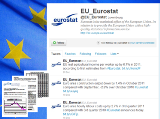 |
News Releases Latest European data are published as news releases, covering the euro-indicators (GDP, inflation, unemployment etc.) and other statistical themes (agriculture, environment, social topics, regions, research and development etc.). In the Release Calendar you can find the provisional dates of publication of the euro-indicators for the whole year. |
 |
Statistics Explained Each set of statistics produced by Eurostat is described by one or several statistical articles in Statistics Explained. This online Wikipedia-style tool is an encyclopaedia on European Union statistics, a portal to further information for occasional and for regular users and a statistical glossary. |
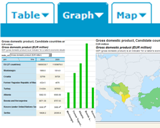 |
Main tables To access predefined tables with data on EU policy indicators and statistics by theme, select a theme from the statistics section and follow the "main tables" link in the left navigation. |
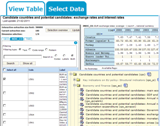 |
Statistics Database All data, collected by Eurostat, are available in the Statistical Database, which is a goldmine of information on EU member countries and other economies. It includes both pre-defined tables and detailed data tables where you can make your own data selection and extract tables. |
 |
Publications Eurostat's publications are organized in collections and available online free of charge in PDF format, while the paper version can be ordered directly through the EU Bookshop and the network of local sales agents. |
 |
Free registration As a registered user on the Eurostat Website, you can receive tailor-made e-mail alerts informing you of new publications as soon as they are online and access enhanced functionalities of the databases (customize the navigation tree, bulk download). |
 |
Demo Tours Demo Tours show you how to navigate through the Eurostat Website and how to extract data from the various Eurostat databases.
|
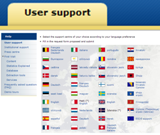 |
User Support If you can't find required information on the Eurostat website, or if you are searching for additional information, please consult the user support page. User support in national language is managed by Statistical office of Montenegro in close cooperation with Eurostat. User support provides information about whether requested EU data and information are available and where to find them on the Eurostat website, helps with verification of data, provides additional information on methodology and helps solving technical issues. Working hours of the user support in Montenegrian language: |
 |
Eurostat Quiz Test your knowledge about European data in nine statistical areas with the interactive Eurostat quiz. The goal of the game is to give one correct answer for each statistical area in less than 7 minutes. Remaining time is added to the overall score. The quiz offers an insightful look into various aspects of European member states and tests the participant's knowledge of the European Union. |
 |
Copyright/Licence policy Except where otherwise stated, downloading and reproduction of Eurostat data/documents for personal use or for further non-commercial or commercial dissemination are authorised provided appropriate acknowledgement is given to Eurostat as the source. |
 |
European Statistical System The European Statistical System is the partnership between the Community statistical authority, which is the Commission (Eurostat), and the national statistical institutes (NSIs) and other national authorities responsible in each Member State for the development, production and dissemination of European statistics. Member States collect data and compile statistics for national and EU purposes. The ESS functions as a network in which Eurostat’s role is to lead the way in the harmonization of statistics in close cooperation with the national statistical authorities. ESS work concentrates mainly on EU policy areas - but, with the extension of EU policies, harmonization has been extended to nearly all statistical fields. The ESS also coordinates its work with candidate countries, and at European level with other Commission services, agencies and the ECB and international organisations such as OECD, the UN, the International Monetary Fund and the World Bank. |
